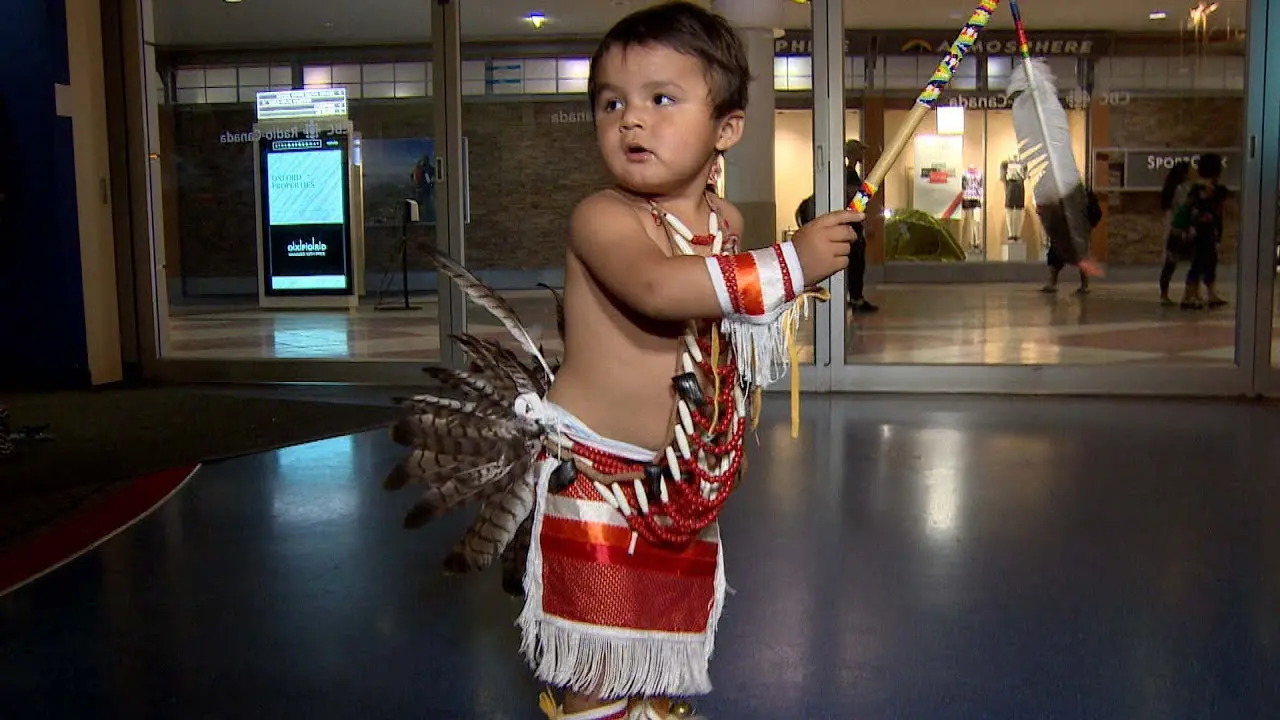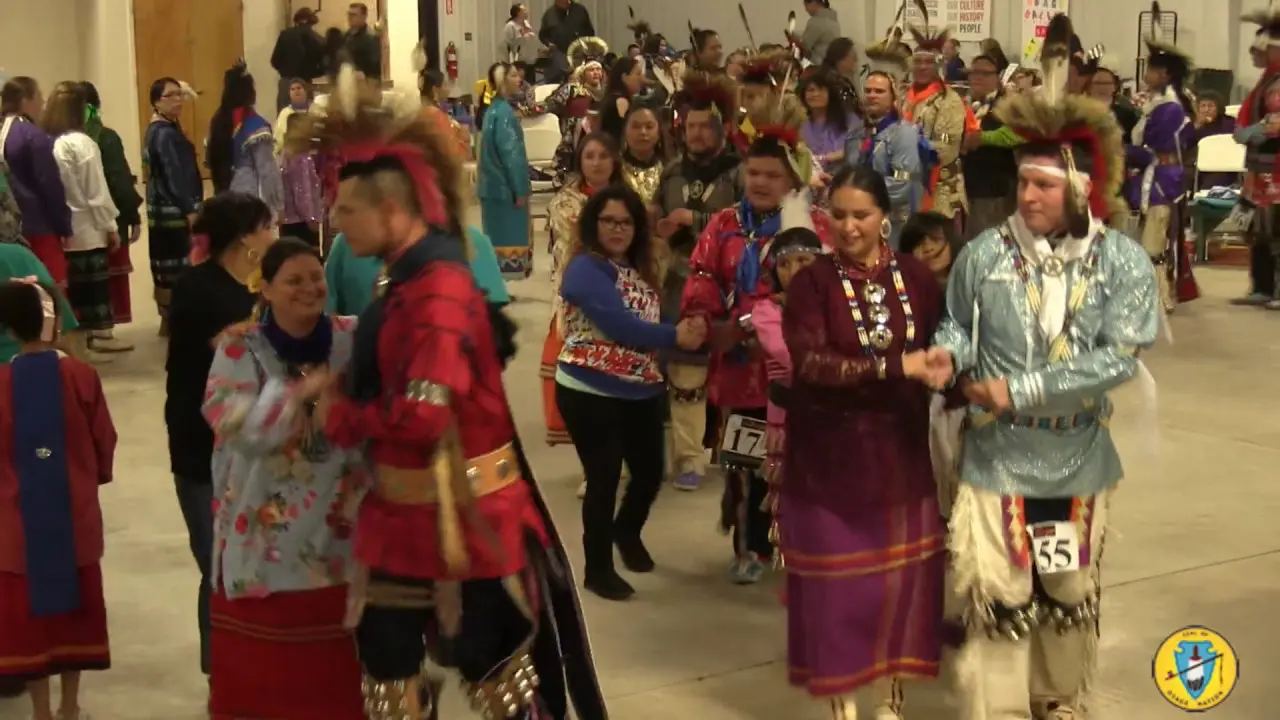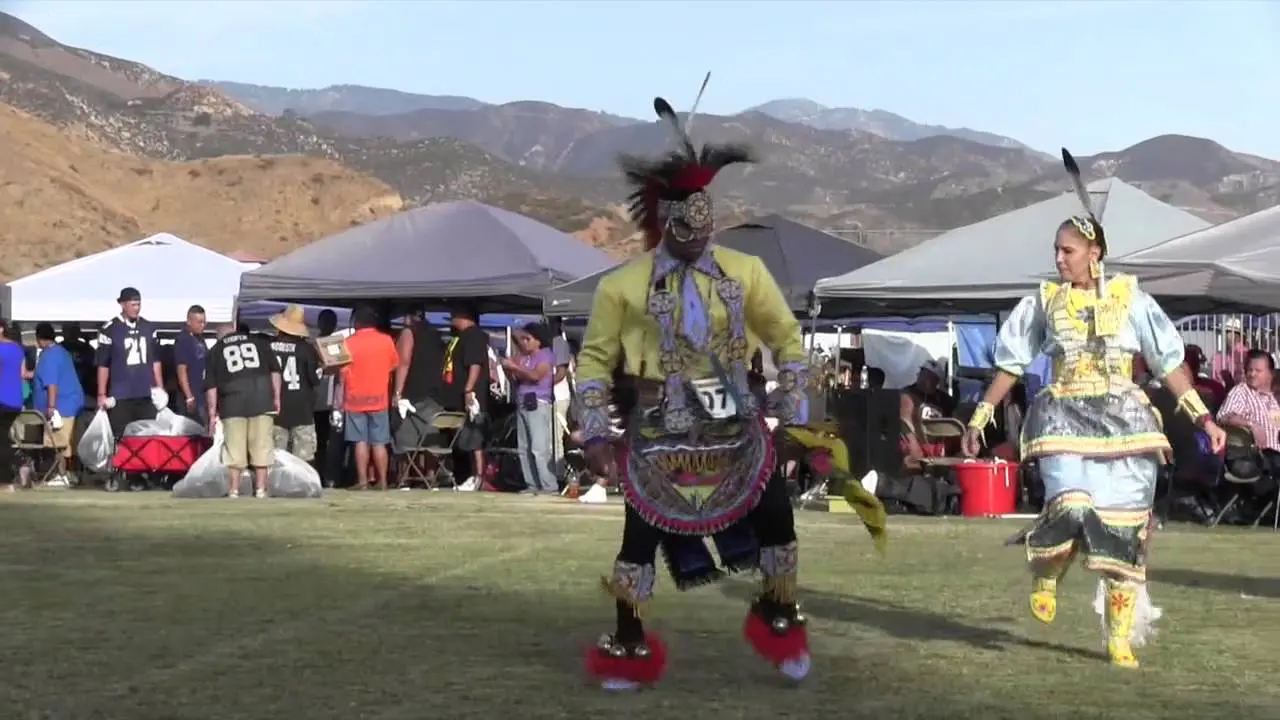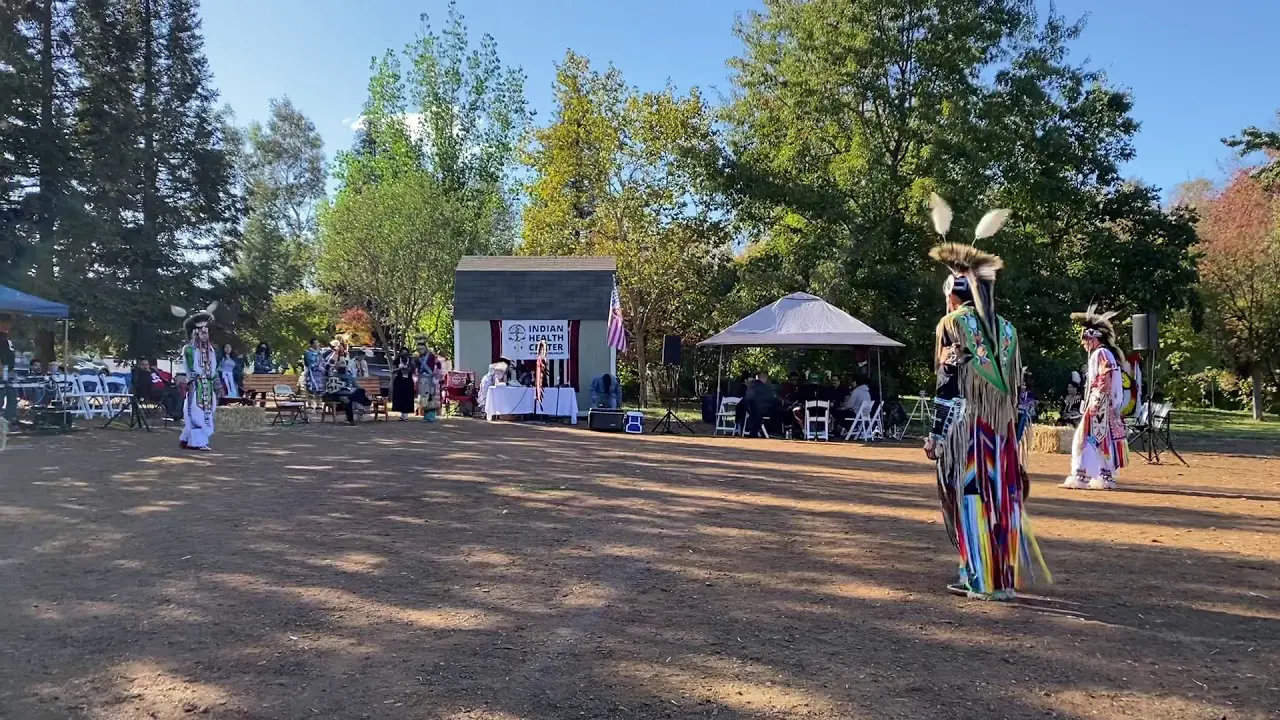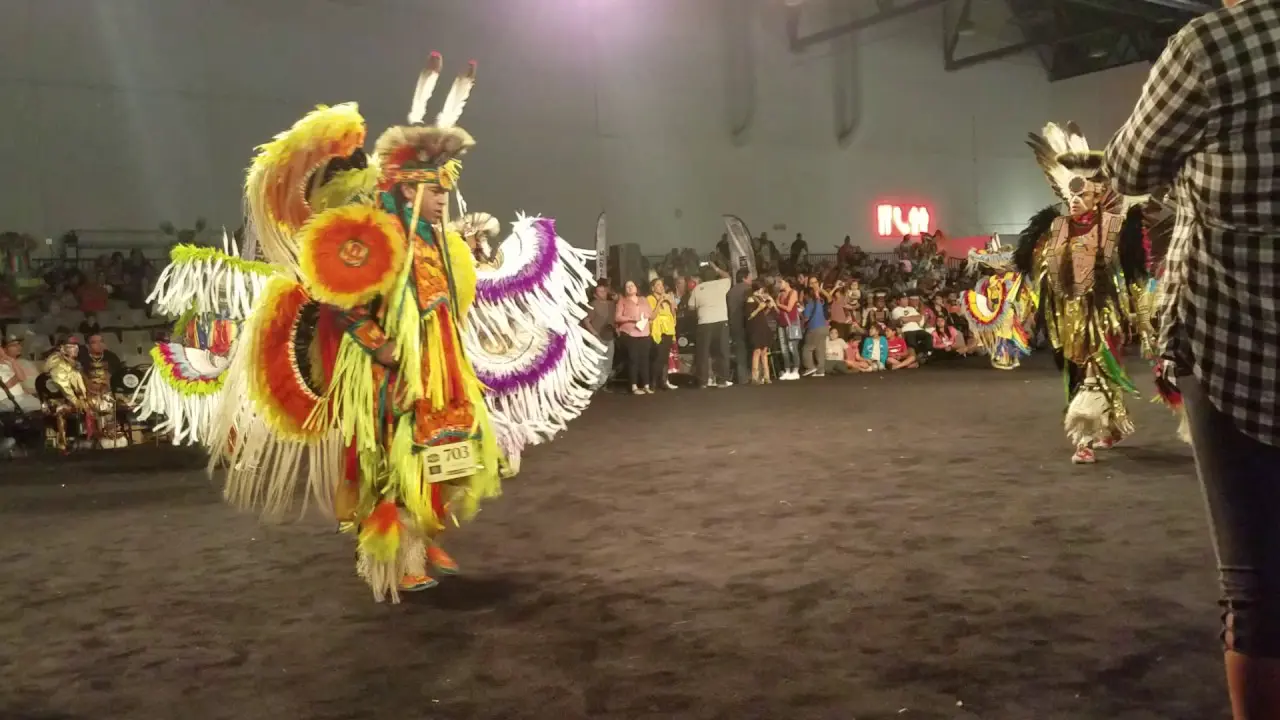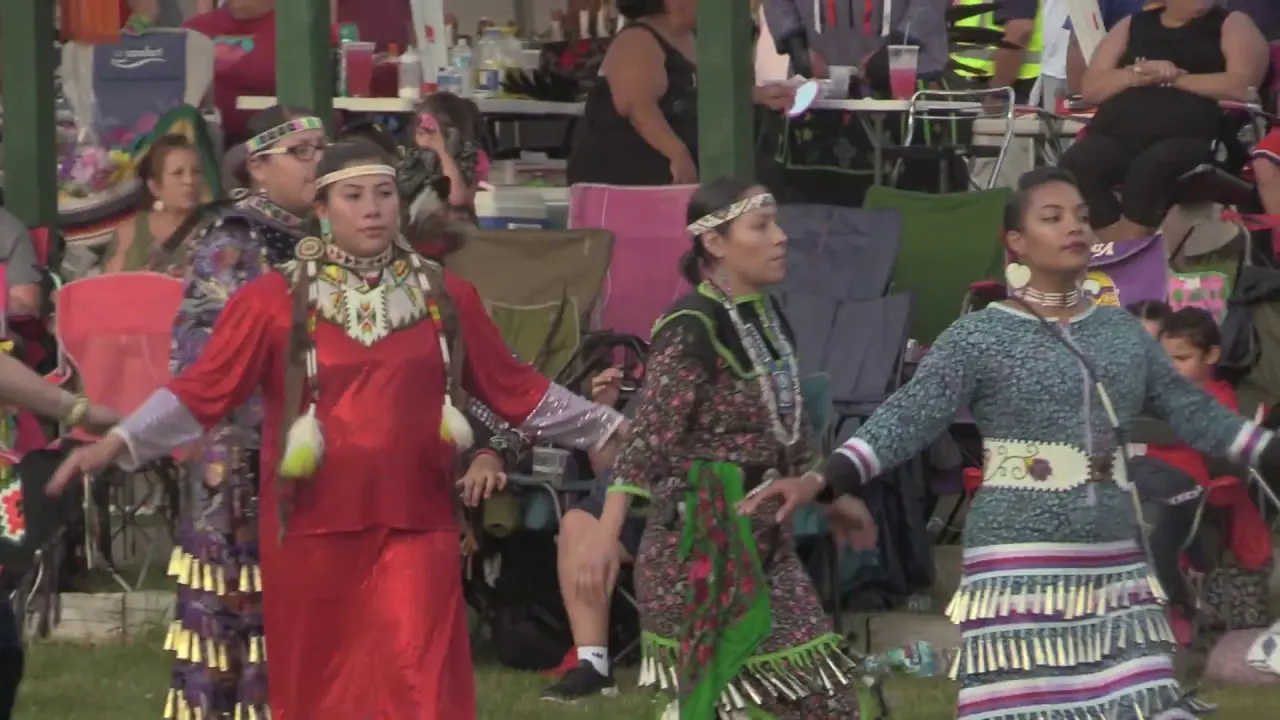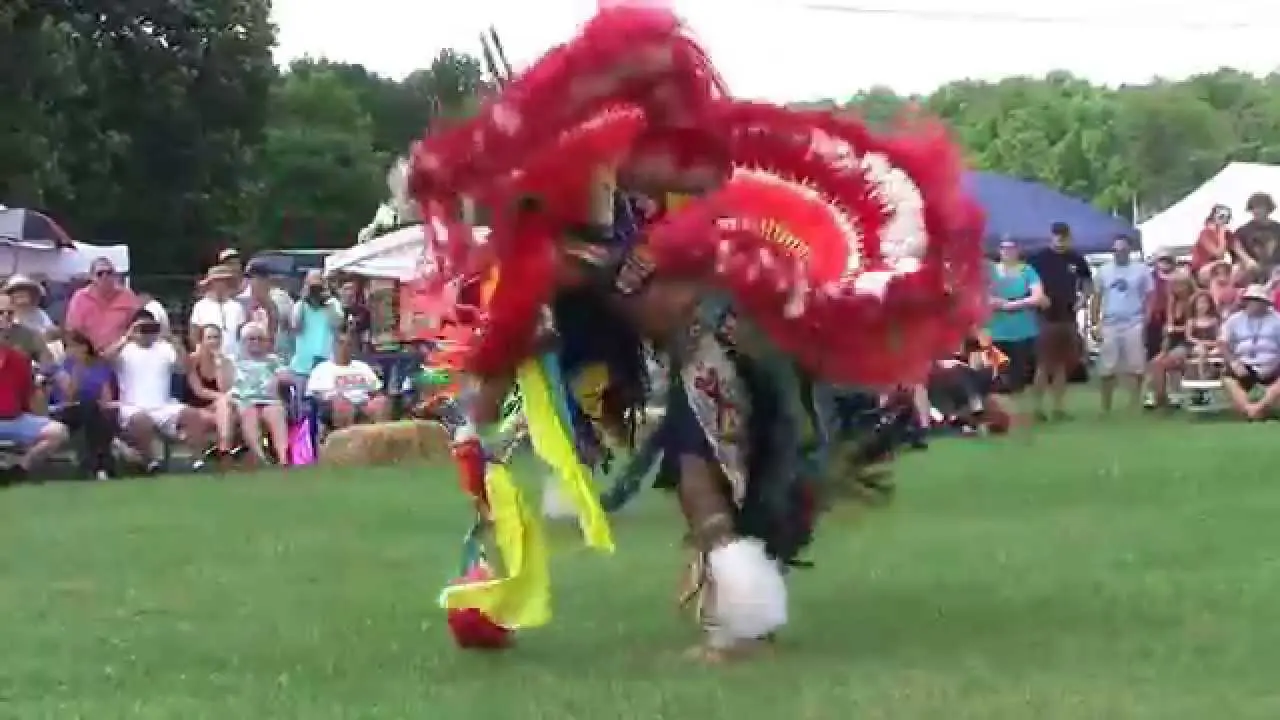Introduction to the Saginaw Chippewa Indian Tribe of Michigan
The Saginaw Chippewa Indian Tribe of Michigan, a vibrant and resilient community, is composed of the Chippewa (Ojibwe) people who have called the Great Lakes region home for centuries. Located primarily in the heart of central Michigan, the tribe’s lands include the historic Isabella Reservation, which is steeped in rich cultural heritage and traditions. Recognized federally in 1937, the Saginaw Chippewa Tribe has worked tirelessly to preserve its cultural identity and ensure the wellness of its community members.With a mission to promote self-governance, economic growth, and community welfare, the Saginaw Chippewa Indian Tribe embraces its history while looking toward a sustainable future. The tribe operates several enterprises, including the successful Soaring Eagle Casino & Resort, which not only generates revenue but also provides jobs and fosters community development. Additionally, they spearhead various educational programs and initiatives aimed at preserving the Chippewa language and traditions for future generations.
The Saginaw Chippewa Indian Tribe’s commitment to environmental stewardship and social justice reflects its deep connection to the land and its people. Through cultural festivals, customary arts, and community events, the tribe celebrates its heritage and fosters unity, inviting others to learn about the rich history and traditions of the Chippewa people. By engaging with local, national, and global communities, the Saginaw Chippewa Tribe highlights the importance of indigenous voices and the enduring legacy of Native American culture in Michigan.
Origin Of The People
The Saginaw Chippewa Indian Tribe of Michigan, primarily composed of the Saginaw and Chippewa bands, traces its origins to the historic interactions between Indigenous peoples and European settlers in the Great Lakes region. The tribe’s ancestors are part of the Anishinaabe lineage, which encompasses the Ojibwe, Odawa, and Potawatomi tribes. This rich cultural heritage is reflected in their language, traditions, and connection to the land.
Historically, the Saginaw Chippewa people inhabited areas around Lake Huron and the Saginaw River, establishing vibrant communities rooted in hunting, fishing, and agriculture. Their territory was rich in natural resources, allowing them to thrive and develop intricate social structures. The Saginaw Chippewa were known for their skilled craftsmanship, especially in birchbark artistry and elaborate beadwork, which played a important role in their culture and trade practices.
As European settlers began to encroach upon their lands in the 18th and 19th centuries, the Saginaw Chippewa faced numerous challenges, including forced migration and the imposition of treaties that frequently enough led to the loss of their ancestral lands. The 1855 Treaty of Saginaw was a pivotal moment, as it established a reservation for the tribe, which allowed them to maintain a degree of self-governance and protect their cultural identity.
Despite the adversities faced over the years, the Saginaw Chippewa Indian Tribe has shown resilience and determination. Today, they continue to uphold their traditions, languages, and customs while embracing modern advancements. The tribe actively engages in cultural preservation efforts, ensuring that future generations remain connected to their historical roots.Modern initiatives, such as language revitalization programs and cultural events, serve to celebrate the tribe’s identity and heritage.
The Saginaw Chippewa Indian Tribe of Michigan not only honors its past but also looks to the future, fostering a sense of community and stewardship over their lands and resources. Their journey from ancestral lands to contemporary challenges exemplifies the strength and enduring spirit of the Anishinaabe people.
Tribal Homelands
The Saginaw Chippewa Indian Tribe of Michigan traces its roots to the historic territories that form their tribal homelands, primarily located in the central part of the state. The tribe’s ancestral lands primarily encompass areas surrounding the Saginaw River and extend to the Great Lakes region, an area rich in resources crucial for cultural sustenance and economic prosperity. The lands are characterized by their lush forests, fertile soil, and abundant waterways, which historically provided the Saginaw Chippewa with food, materials, and medicinal plants.
Central to their tribal identity is the reservation land situated near Mount Pleasant, established in 1937 and encompassing approximately 3,300 acres.This land serves as the economic and cultural heart of the tribe, where members engage in various activities ranging from agriculture to modern enterprises. The reservation not only preserves their rich cultural heritage but also promotes a sustainable lifestyle that honors their ancestral practices.
The tribe’s connection to their homelands is not merely geographical; it is indeed deeply woven into their history, spirituality, and social structures. Traditional practices such as fishing, hunting, and gathering wild rice, known as manoomin, are not only pivotal for sustenance but also integral to community bonds and cultural celebrations. The Great Lakes, in particular, hold significant spiritual value and are often cited in tribal teachings and traditions.
Today, the Saginaw Chippewa Indian Tribe actively works to protect their environmental heritage while developing their land for economic growth. Initiatives to restore natural habitats and engage in environmentally sustainable practices exemplify their commitment to stewardship of the land. As stewards of their ancestral territory, they strive to honour the promises made to their forebears while ensuring their vibrant culture continues to thrive for future generations.
Interactions With Settlers
The interactions between the Saginaw Chippewa Indian Tribe of Michigan and European settlers present a complex narrative of both positive and negative experiences. On the positive side, early relationships with settlers sometimes resulted in mutually beneficial exchanges. As an example, the Saginaw Chippewa engaged in trade with European settlers, exchanging furs and other goods for products such as tools, firearms, and metal cookware. These exchanges introduced new technologies and resources that helped the tribe adapt to changing circumstances.
However,the arrival of settlers also brought significant challenges and conflicts. As settlers encroached on tribal lands, tensions emerged over land rights and usage. The Saginaw Chippewa faced pressure to cede their ancestral territories, leading to a series of treaties that often resulted in loss of land and resources. The misunderstandings surrounding these treaties frequently left the tribe at a disadvantage, as many agreements were made under duress or with misinterpretations of the terms.
Moreover, cultural clashes became a recurring theme in the relationship between the Saginaw Chippewa and settlers. Efforts by settlers to assimilate indigenous people into European ways often disregarded the tribe’s rich cultural heritage and traditions, leading to a loss of language and customs over generations.
Despite these negative impacts, there have been persistent efforts by the Saginaw Chippewa to preserve their cultural identity. In recent years, initiatives to revitalize traditional practices, language programs, and community events have helped strengthen the tribe’s resilience against past adversities.
Today, the tribe operates a successful casino and engages in various economic enterprises, showing their ability to adapt and thrive amid historical challenges. The story of the Saginaw Chippewa is not just one of conflict; it highlights resilience, cultural preservation, and ongoing efforts to foster dialog and understanding with current settler communities in Michigan.
Most Notable Events In Their Tribal History
The Saginaw Chippewa Indian Tribe of Michigan has a rich and diverse history marked by several significant events that have shaped their identity and culture. One of the most notable moments in the tribe’s history is the signing of the Treaty of 1819.This treaty,which involved several Native American nations and the U.S. government, aimed to delineate land boundaries and provided certain rights to the tribes.Despite promises made,the Saginaw Chippewa faced challenges in retaining their ancestral lands as subsequent treaties,such as the Treaty of 1836,ceded large portions of their territory to the state of Michigan.Another critical event occurred during the mid-19th century when the tribe experienced forced removals due to increasing pressures from settlers. The Saginaw Chippewa were compelled to relocate, which led to the loss of cultural practices and traditional lifestyles. However, despite these hardships, they maintained their identity and slowly began to reestablish their presence in Michigan.
The late 20th century marked a renaissance for the Saginaw Chippewa as they pursued self-determination and economic development. The establishment of the Soaring Eagle Casino in 1998 was a pivotal milestone, providing the tribe with financial stability and opportunities for community growth. This venture has not only served as a source of revenue but also as a means to fund educational programs, health care, and cultural preservation initiatives.
In 1997, the Saginaw Chippewa Indian Tribe made headlines by fighting against the illicit drug trade on their lands, taking a strong stand against substance abuse that adversely affected their community. Their commitment to health and wellness has led to various outreach and prevention programs, emphasizing the importance of a holistic approach to tribal well-being.
Additionally, the tribe’s ongoing efforts to revitalize and preserve their cultural heritage have gained prominence. The creation of the Ziibiwing Center of Anishinabe Culture & Lifeways in 2005 has played an essential role in educating both tribal members and the public about the Saginaw Chippewa’s history, traditions, and contributions to the state of Michigan.
Throughout their journey, the Saginaw Chippewa Indian Tribe has demonstrated resilience, adapting to challenges while celebrating their unique cultural identity. Their notable events reflect the strength and determination of a community that continues to thrive despite historical adversities.
Where Are Their Tribal Lands Now And How Were They Established
The Saginaw Chippewa Indian Tribe of Michigan primarily resides in Isabella County, where their tribal lands are centered around the Reserve and the Mount Pleasant area. This land is part of the historic territory originally occupied by the Anishinaabe people,which included the Saginaw Valley and surrounding regions. Today, the tribe’s reservation encompasses about 4,500 acres, which serves not only as a cultural and historical hub but also as a vital economic engine for the tribe through various enterprises, including gaming operations and community services.
The establishment of these tribal lands can be traced back to Treaty agreements made in the 19th century, particularly the Treaty of 1819 and the Treaty of 1836. These treaties were significant for outlining land rights and the preservation of certain areas for the Saginaw Chippewa people amid increasing pressures from westward expansion and settlement. The Tribe’s continued advocacy for their rights and sovereignty led to the reaffirmation of their reservation lands through later legal battles and negotiations.
In the late 20th century,a landmark event for the Saginaw Chippewa Tribe was the federal recognition received through the Indian Reorganization Act of 1934,which allowed them to regain control over their lands and resources. Their success was instrumental in establishing their current jurisdiction, and consequently, they have been able to create a thriving community that honors their cultural heritage while fostering economic growth.
Today, the Saginaw Chippewa Indian Tribe focuses on sustaining and developing their lands through environmental stewardship, cultural preservation, and community initiatives. Their commitment to education, health, and cultural programs continues to strengthen their ties to the land and enhance the wellbeing of their members. The tribe’s lands not only serve as a reminder of their rich history but also as a foundation for their future endeavors.
Modern Concerns Of The Tribe
The Saginaw Chippewa Indian Tribe of Michigan faces a range of modern concerns that reflect both the challenges of contemporary society and the preservation of their cultural heritage.One of the primary issues is the economic development of their tribal lands. The tribe has been actively working to create sustainable businesses, such as the Soaring Eagle Casino Resort, which serves as a crucial source of revenue.Balancing economic growth with the respect for the surroundings is a key concern, as the tribe is dedicated to protecting their natural resources, including their water and wildlife, which are integral to their traditional lifestyle.Social issues, such as health disparities and access to quality healthcare, significantly impact the Saginaw Chippewa community. The tribe offers health programs tailored to their members,addressing concerns like diabetes and mental health. Additionally,combating substance abuse remains a pressing issue,with efforts focused on prevention and rehabilitation programs to support their members and promote overall community wellness.
Cultural preservation is another critical concern. The Saginaw Chippewa Tribe is dedicated to passing down their traditions, languages, and histories to future generations. This involves educational initiatives within tribal schools and language programs aimed at revitalizing the Ojibwe language. The tribe also engages in community events that celebrate their heritage,ensuring that cultural practices remain vibrant and accessible.
Advocacy for sovereignty and political depiction is vital for the Saginaw Chippewa. The tribe works to maintain their rights and sovereignty within Michigan, addressing legal issues that affect their land and resources. Engaging with state and federal governments to ensure their voices are heard in legislative matters is essential for the tribe’s ongoing autonomy and ability to govern themselves effectively.
climate change poses a serious threat to the ancestral lands and way of life of the Saginaw Chippewa Tribe. The tribe is advocating for environmental awareness and sustainable practices to mitigate the effects of climate change, which includes protecting their aquatic resources and addressing the impacts of severe weather on their communities.
These modern concerns highlight the resilience of the Saginaw Chippewa Indian Tribe as they navigate the complexities of today’s world while remaining committed to their cultural values and community well-being.
Events And Other Social And Political Activities
The Saginaw Chippewa Indian Tribe of Michigan actively engages in various events and social activities that foster community bonds and celebrate cultural heritage. One of the most significant events is the annual Pow Wow, where tribe members and visitors gather to experience traditional dance, music, and art.This vibrant festival showcases Native American traditions and provides a platform for sharing stories, crafts, and culinary delights.
Throughout the year, the tribe also hosts educational workshops and lectures that focus on Indigenous history, sovereignty, and environmental stewardship. These events are designed to educate both tribe members and the public about the Saginaw Chippewa’s rich cultural heritage, as well as ongoing efforts in activism and environmental awareness.
Politically, the Saginaw Chippewa Indian Tribe is deeply involved in advocating for tribal rights and legislative issues that affect Indigenous communities in Michigan and beyond. The tribe collaborates with other Native American organizations to address concerns such as land sovereignty, healthcare, and economic development. They participate in various governmental and intergovernmental meetings, ensuring that the voices of their community members are heard.
Additionally, the Saginaw Chippewa Indian Tribe engages in philanthropic activities, supporting local communities by funding education programs and health initiatives. Their commitment to preserving cultural practices and promoting social welfare positions them as a key player in the ongoing dialogue about Indigenous rights and community development in Michigan. Events like Tribal Council meetings are also open to the public, encouraging openness and community involvement in the decision-making processes that affect tribal members’ lives.








